It’s been some time since I’ve posted to my blog. Or looked at the internet much for that matter.
It’s been terrific.
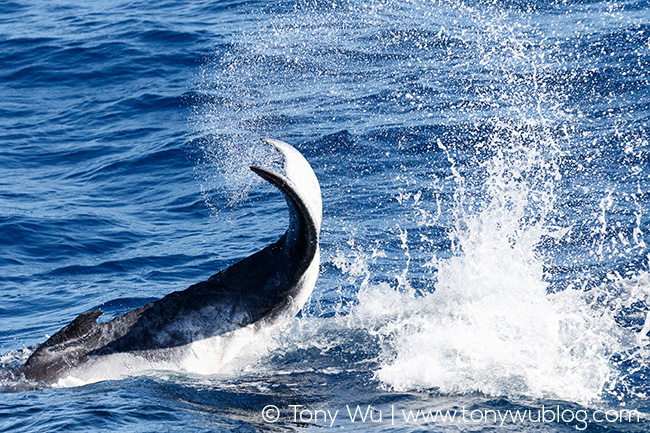
As I mentioned in my post before heading out in July, I decided not to post regular updates this season, and instead devote the time to being present in the moment.
That translated into many wonderful conversations with friends, and a lot of sanity time to appreciate sunrises and sunsets, to contemplate the changing of weather, to entertain multiple canine and feline acquaintances, to read, to exercise, to lose myself in watching birds going about their business, to listen to cicadas chirping away, and even to discover scorpions(!).
Of course, this meant that I had a *(#$!load of stuff to catch up with when I got back, especially since I had a short turnaround time before heading out again (I’m already out again), so my re-entry into “civilisation” was even more traumatic than usual.
But cutting off was the right thing to do. I highly recommend doing so (yes, I note the irony of expressing this statement online), and I intend to make it the norm from now on.
I love the internet, technology in general, and the ability to tap into knowledge whenever I wish, but the internet these days is filled with a lot of garbage and trash-talking people. That…I do not need. No one does really.
Anyway, the humpback whale season was a mixed one. On the one hand, the whales were great as always. Numbers were healthy, interactions were good.
On the other hand, conditions were more challenging overall than in recent memory, and human behaviour was, let’s just say, all too often less than intelligent.
Let me start with the baby whales.
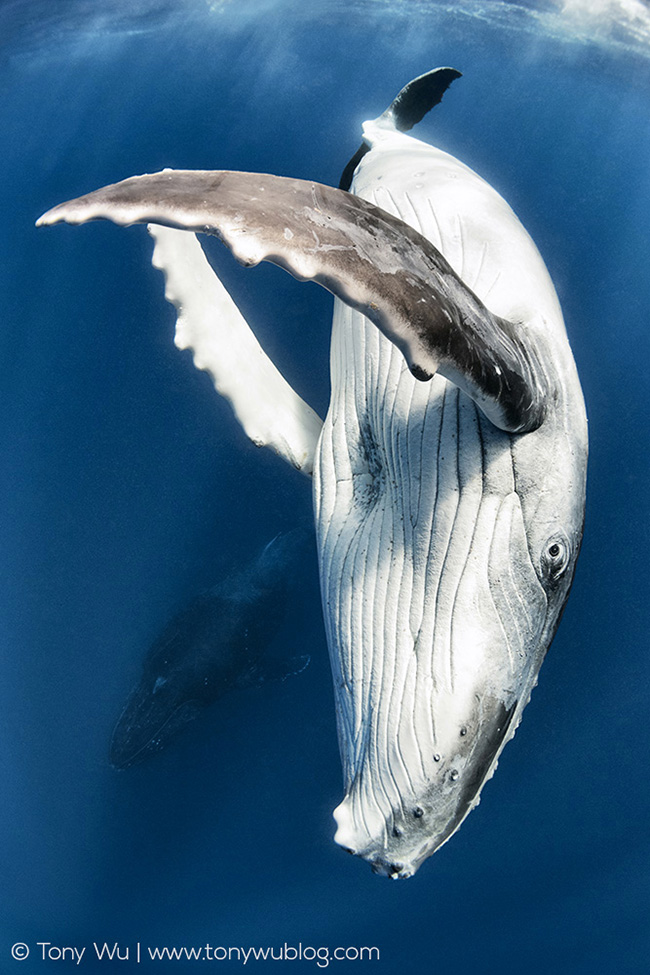
The number of calves in the Vava’u area was on par with recent seasons. I ID-ed 32 calves over the course of 38 days at sea, with 28 additional calf sightings for which I was unable to establish ID.
My calf sighting ratio (CSR = sum of calves ID-ed and calves sighted but not ID-ed divided by number of boat-days) was 1.58. This compares with 1.49 and 1.53 in 2016 and 2015, respectively.
This is pretty much within the range I would expect for a normal season. Figures substantially above or below this range would be indicative of exceptionally high or low numbers of calves, as has happened in the past.
The chart below provides a visual summary. The CSR is the sum of the blue and orange areas, where the blue represents the number of calves ID-ed per boat-day, and the orange represents the number of calves sighted but not ID-ed per boat-day.
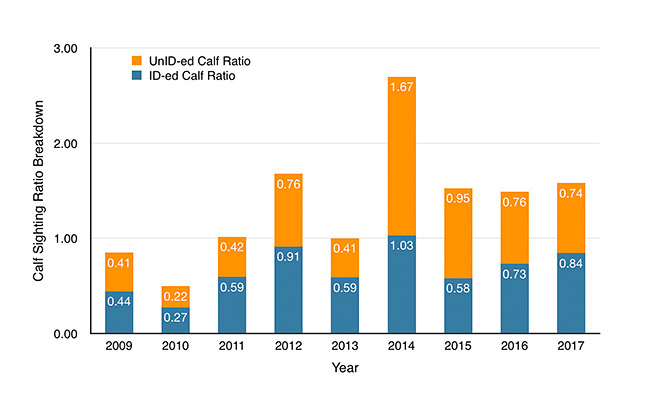
I’ve written about this topic many times in the past, especially as I was developing the methodology I use and watching the patterns emerge from data collected each season. So if you’re interested in reading more and seeing the various twists and turns of the past, please look back in my archives.
Bottom line - all good and normal for 2017.
Something I’ve been keeping track of for a while is the relative proportion of female and male calves among those for which I can establish both ID and gender.
For what it’s worth, here’s what it looks like, expressed as a ratio of female-to-male calves:
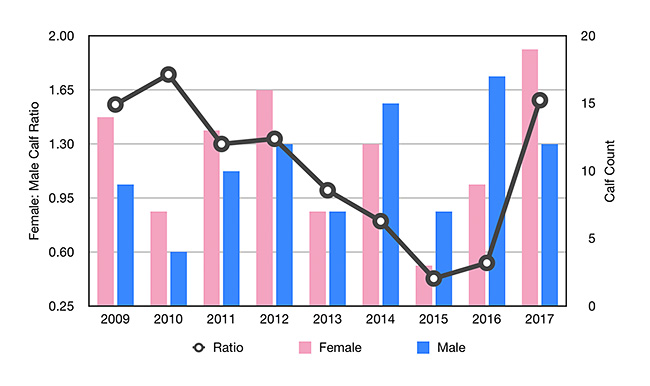
As I’ve written in the past, I don’t know if there is any meaning to this, but it certainly does seem sometimes like there are more of one or the other in a given season. Probably just chance/ coincidence, but at the very least, it’s fun to keep track.
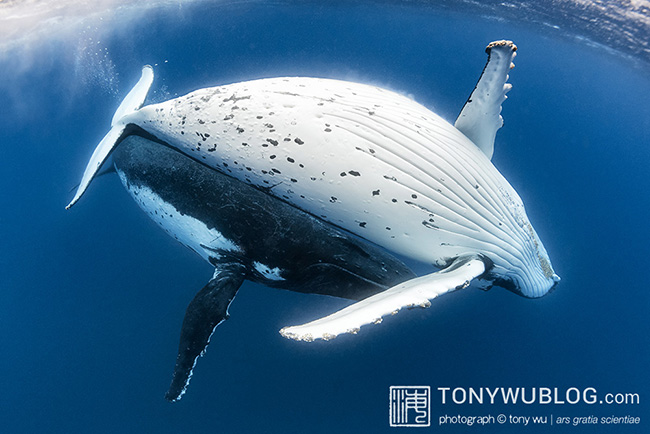
There were plenty of adult whales around as well, with all the attendant social behaviour. There was singing, competition, surface display, courtship, etc.
As is true in every season, there were periods when it seemed like a lot of whales were around, and others when the animals seemed scarce.
That’s normal.
So if you are one of the many people who were told by a guide, trip leader, pundit that whale numbers were low this season…don’t believe it.
The reasons people were making sweeping statements about low numbers of whales are twofold: (1) they don’t record data/ keep records and hence have no objective basis for comparison; and (2) many people who've only visited Tonga in recent years have never experienced tough conditions.
To elaborate...between 2012 and 2014, there was almost no rain, which was terrible for the residents of Vava’u, but great in terms of visibility underwater. 2015 started to see a bit of rain. Ditto plus a little more for 2016, but in general visibility was great for those two seasons as well.
For 2017, I recorded 20 days during which there was substantial rainfall, out of a stay of 55 days. That’s 36% of the time. That’s a heckuva lot more than we’ve seen for a long time, but not necessarily out of the ordinary when I think back through the past 16 seasons. And there was quite a bit of rainfall in the non-whale months as well during late 2016 and the first half of 2017.
This, plus many days with large swells and strong winds translated into challenging conditions. Conditions that many people haven’t experienced before.
So it wasn’t that there weren’t many whales around. It was more a case of having search areas and times restricted by weather, having poor visibility underwater, and having trip leaders with little to no experience with such conditions.
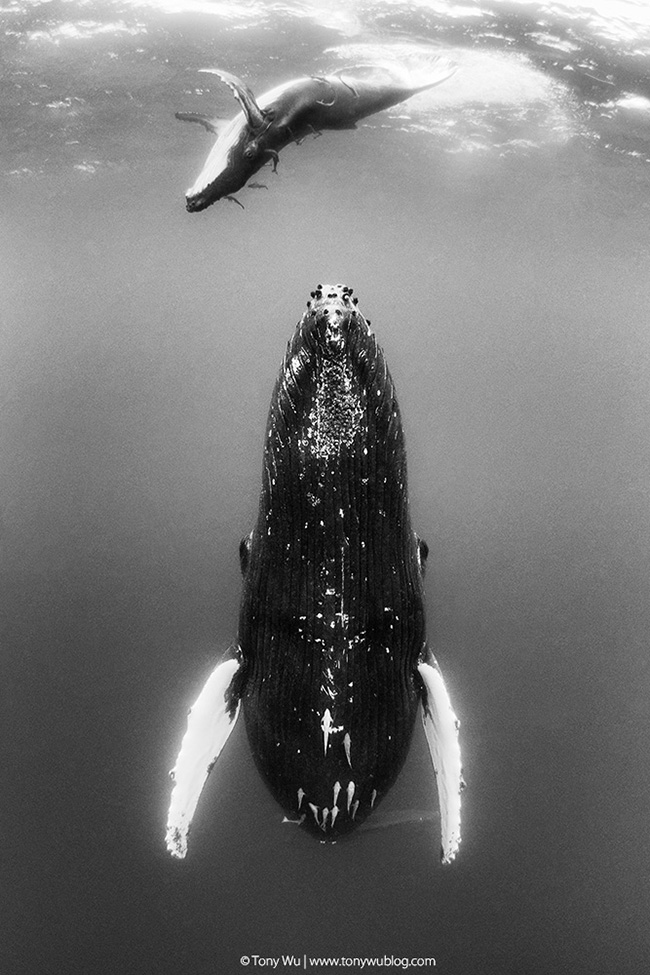
To exacerbate things, the winds shifted around a lot, coming from directions we’d normally not expect during the whale season. The combination of strong winds from the “wrong” direction and large swells from other directions reduced the search areas so much on certain days that there was almost nowhere boats could safely go.
There are many more things I’d like to say about human behaviour this season, but I’m in the field again, and my time is limited.
The one point I’d like to make before leaving this topic is to underscore that safety should be the first priority. Always.
Having the touching of whales as your personal goal is just STUPID. Let me say that again. Stupid.
Ditto that for putting people who cannot swim into open ocean with wild animals. People who required life jackets. People who don't know how to clear a snorkel. People who do not have the physical capacity to handle themselves in the water.
Too many people, trip leaders included, were stupid this season.
Do not be stupid.
You’d think that would be common sense and not need saying, but apparently it does.
Far too many people seem overly eager to poo poo risk before something bad happens, and then express surprise when something bad does happen, saying things like, "Accidents happen. No one could've foreseen that."
B.S.
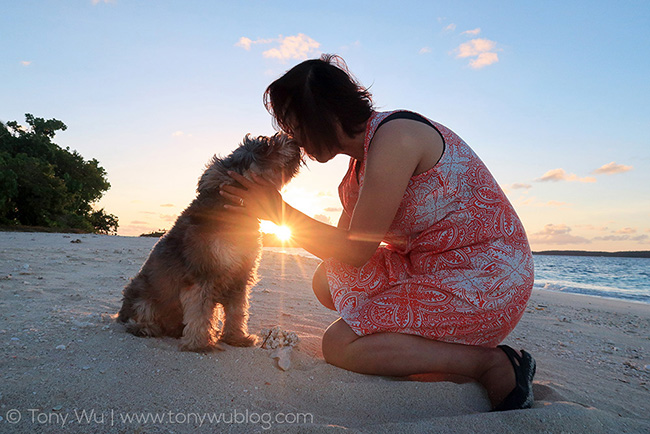
On a more positive note, I was fortunate to be able to spend time with many wonderful people this season, comprising long-time friends and new ones too, all with the right priorities. In total, I had 11 nationalities/ backgrounds represented (Thailand, Japan, Singapore, Indonesia, UK, USA, Canada, Australia, France, Spain/ Catalonia, Latvia), though it's difficult to pin down an exact number because a lot of people are from one place but reside in another.
The important thing is that everyone was fantastic. We had fun, and we learned from each other. I learned, for instance, that asking someone from Latvia what part of Lithuania that's in can be amusing (though apparently many people from Latvia might take offence in the Dr. Doom kind of way - geek reference to Latveria - so you have to intend offence and be prepared for self defence before you venture into this territory).
I keep a file of miscellaneous odds and ends I hear from friends during adventures, which becomes sort of a treasure hunt for times when I need a diversion or way to procrastinate. I learn a lot from these lists, some things that are useful, others that are just interesting trivia, and some things that, well, perhaps I could've lived without knowing.
For example, click sourtoe cocktail. I dare you. This life-enriching bit of knowledge is courtesy of new friend(?) David DuChemin, who has threatened to spend more time with me. All I can say is I'm not letting him anywhere near my toes.
To make up for having to contemplate the grossness of that drink, we had Thai food for dinner three times during my stay, courtesy of my Thai friends, who took it upon themselves to make all sorts of yummy cuisine. Hurray for civilised people!
One other thing that will stand out in my mind from this season: There was a Portuguese man o' war (Physalia physalis) outbreak/ swarm that lasted for a couple of weeks. I got hit three times. Let me tell you...it sucks.
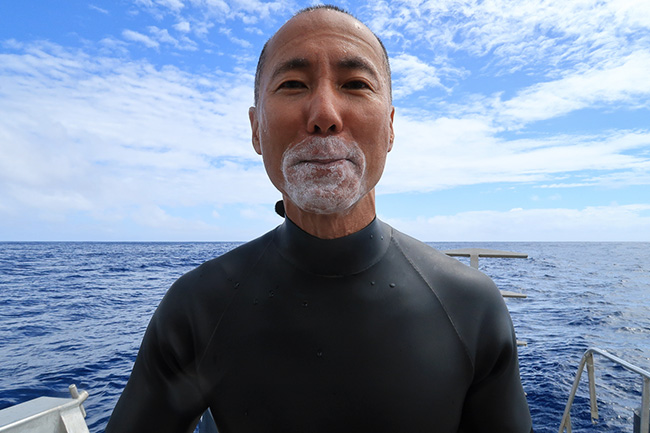
The first time I got stung, the long springy tentacle hit me square in the face. It felt like concentrated, continuous lightning. Fortunately, Bee, a friend from Thailand, had Stingose with her. The stuff made me look (more) like a dork (than usual), but it worked. Within minutes the pain had subsided, and most of the swelling was gone by the end of the day. I'll never leave home without it again.
The second encounter was a little bit less intense, but yup, you guessed it, right smack in the face again. I went straight for the Stingose.
And the third time was long after the outbreak had ended. I hadn't seen a single man o' war for at least a couple of weeks. Then one day, I'm snorkelling in shallow water, like less than 50cm shallow, minding my own business and "POW!" I get slammed by a small blue bottle (another name for the man o' wars). And yup, right in the face again.
They really have it in for me.
Incidentally, Portuguese man o' wars are not jellyfish. They are colonial siphonophores. So technically, I was attacked by entire colonies of venom-bearing animals. Sheesh.
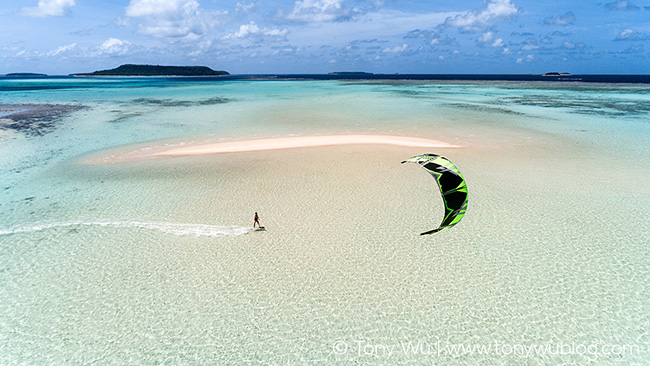
Finally, to wrap-up...I'm in the process of communicating with friends who've expressed interest in spending time with me next year while I'm with the whales. It's taking a while to respond (sorry!) because I'm out on a boat all day long and my brain is generally fried by the time I hit land in the PM.
Please let me know if you're interested in, and I'll get back to you as soon as I can.
Back to sea.